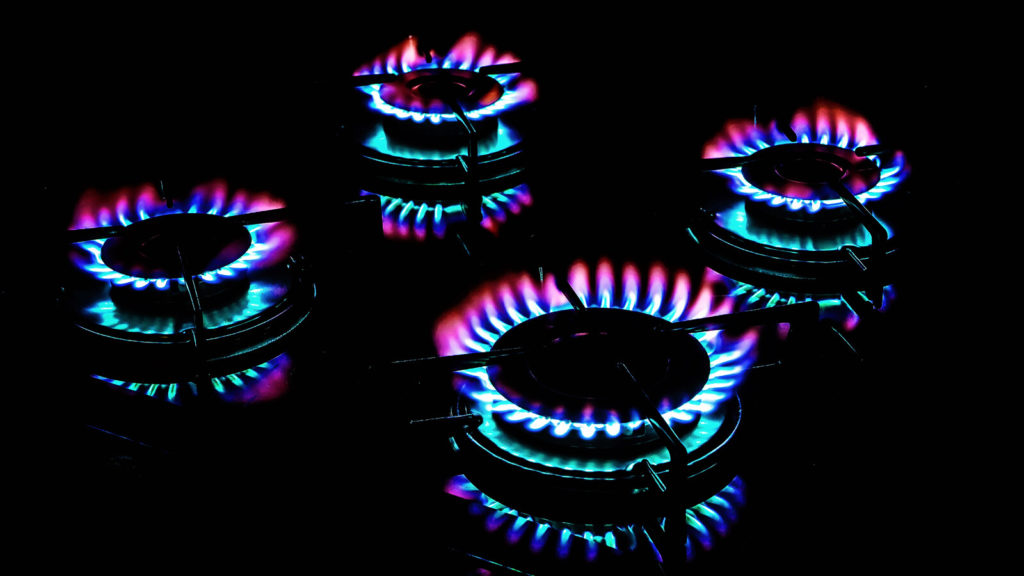U.S. natural gas futures edged up about 1% to near a one-week high on Tuesday on forecasts for cooler weather through mid-December than previously expected.

That price increase, however, was limited by forecasts for less gas demand over the next two weeks than previously expected.
In addition to colder weather, which will boost the amount of gas burned to heat homes and businesses, energy traders noted gas demand would also rise in December if Freeport LNG’s liquefied natural gas (LNG) export plant in Texas returns to service, as expected.
Freeport LNG has said it plans to start producing LNG again in mid-December and reach full capacity of about 2.1 billion cubic feet per day (bcfd) in March.
The plant was shut on June 8 due to an explosion caused by inadequate operating and testing procedures, human error and fatigue, according to a report by consultants hired by the company to review the incident and propose corrective actions.
JERA, which buys LNG from Freeport, said it expects the plant to return to service in December.
Freeport LNG, however, has not yet submitted a request to restart the plant to the U.S. Department of Transportation’s Pipeline and Hazardous Materials Safety Administration (PHMSA), sources familiar with the company’s filings have told Reuters.
There are already a few ships waiting in the Gulf of Mexico to pick up LNG from Freeport – some have been there for weeks – including Prism Brilliance, Prism Diversity and Prism Courage, according to shipping data from Refinitiv.
On its first day as the front-month, gas futures for January delivery was up 6.3 cents, or 0.9%, from where the January contract was trading on Monday to $7.259 per million British thermal units (mmBtu) at 9:01 a.m. EST (1401 GMT) on Tuesday, putting the contract on track for its highest close since Nov. 23.
In the spot market, meanwhile, next-day gas prices at the PG&E Citygate in Northern California rose to their highest since February 2019 for a third day in a row.
U.S. gas futures are up about 95% so far this year as much higher global prices feed demand for U.S. exports due to supply disruptions and sanctions linked to Russia’s invasion of Ukraine.
Gas was trading at $39 per mmBtu at the Dutch Title Transfer Facility (TTF) in Europe and $30 at the Japan Korea Marker (JKM) in Asia.
TOP PRODUCER
U.S. gas futures lag global prices because the United States is the world’s top producer with all the fuel it needs for domestic use, while capacity constraints and the Freeport outage have prevented the country from exporting more LNG.
Data provider Refinitiv said average gas output in the U.S. Lower 48 states has risen to 99.6 bcfd so far in November, up from a monthly record 99.4 bcfd in October.
With colder weather coming, Refinitiv projected average U.S. gas demand, including exports, would jump from 115.1 bcfd this week to 126.1 bcfd next week. Those forecasts were lower than Refinitiv’s outlook on Monday.
The average amount of gas flowing to U.S. LNG export plants has jumped to 11.7 bcfd so far in November, up from 11.3 bcfd in October.
That is still well below the monthly record of 12.9 bcfd in March due mostly to the ongoing outage at Freeport. The seven big U.S. export plants can turn about 13.8 bcfd of gas into LNG.
During the first 10 months of 2022, roughly 66%, or 7.0 bcfd, of U.S. LNG exports went to Europe, as shippers diverted cargoes from Asia to get higher prices. Last year, just 29%, or about 2.8 bcfd, of U.S. LNG exports went to Europe.



